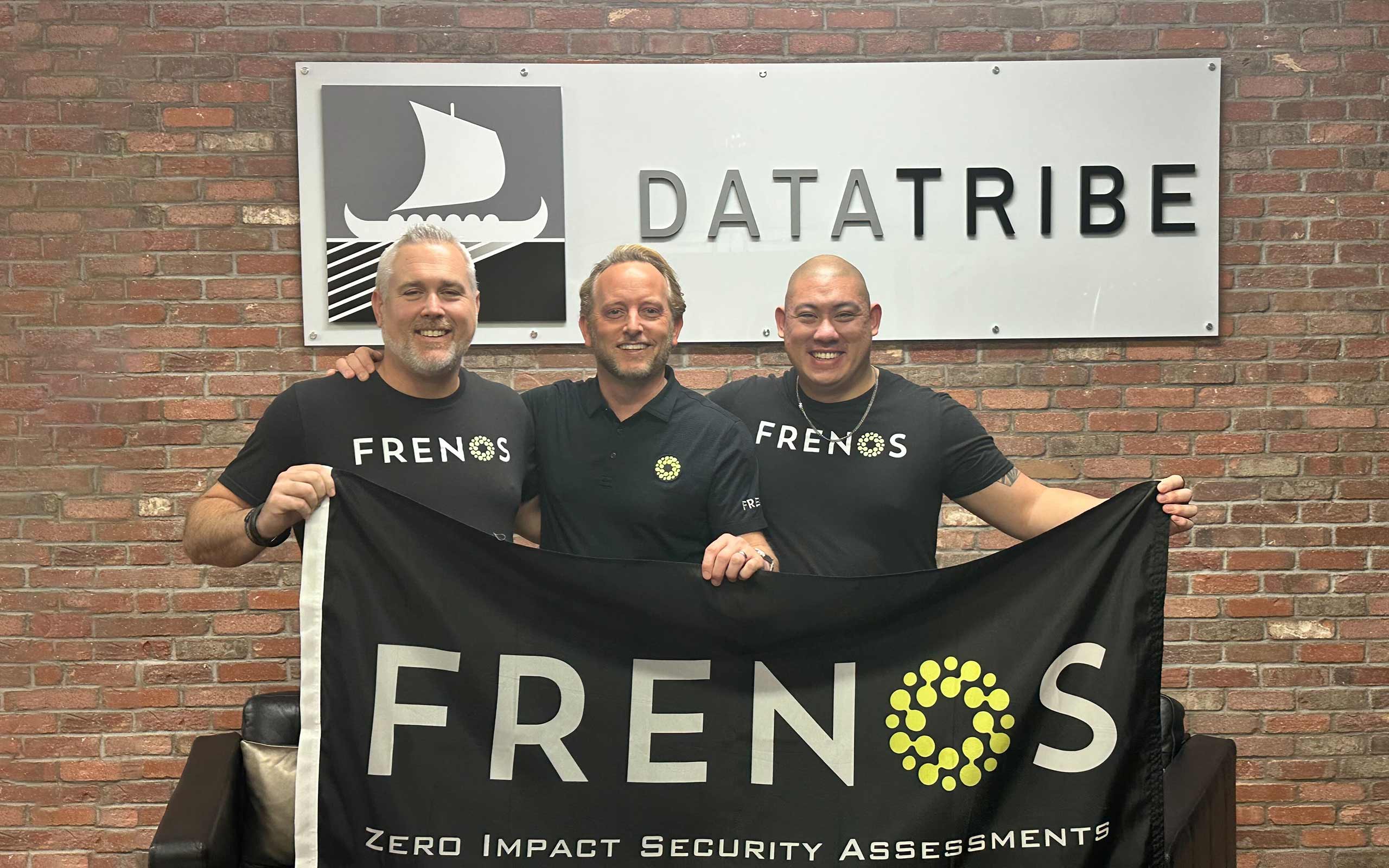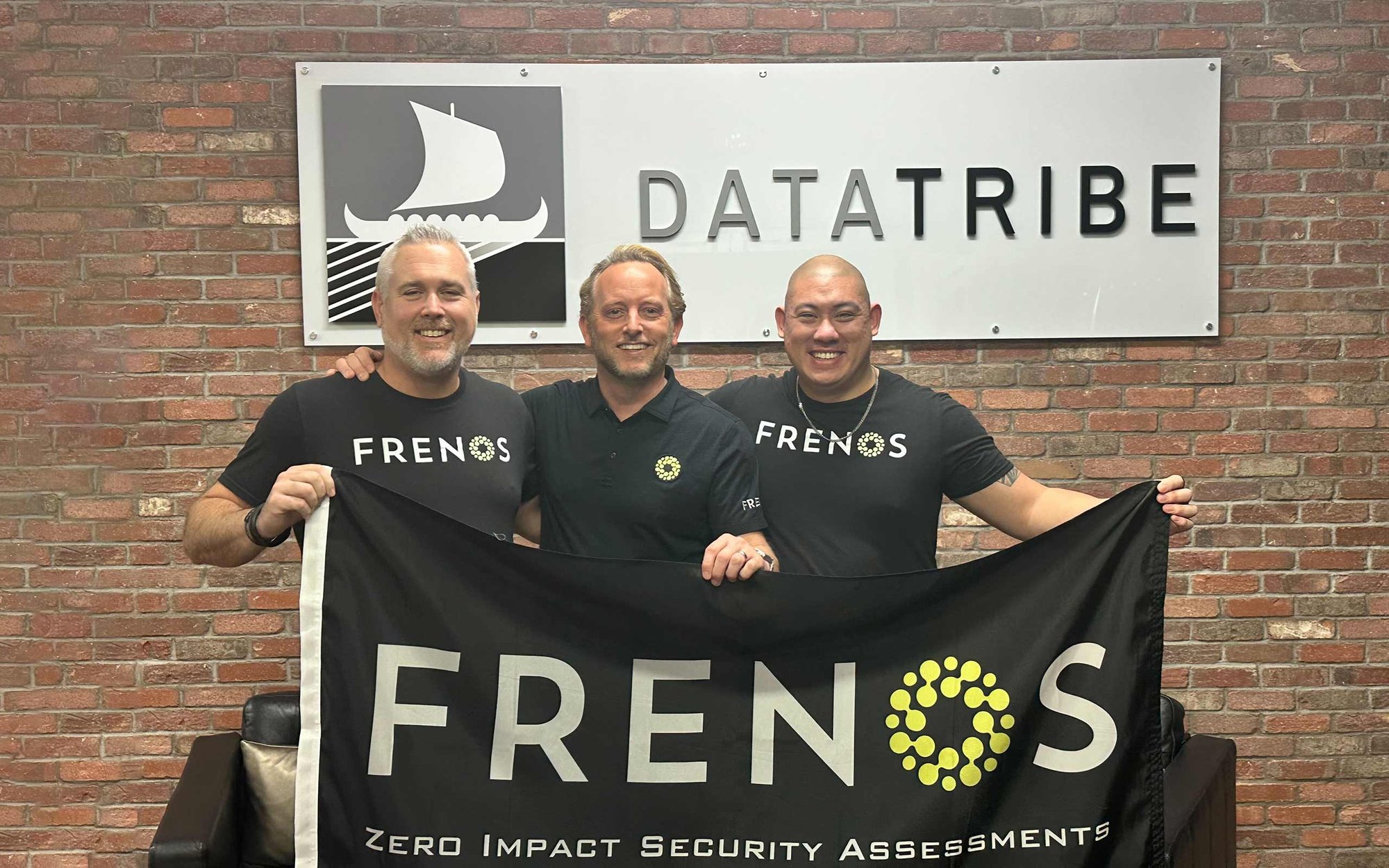In today's rapidly evolving digital landscape, a reactive approach to cybersecurity is no longer sufficient. Cyber adversaries are becoming more sophisticated, necessitating a shift towards proactive adversary techniques, tactics, and procedure (TTP) mitigation. Leveraging both traditional machine learning and generative AI techniques, organizations can enhance their cyber defenses by identifying and neutralizing threats before they cause significant harm. This blog explores how leveraging AI and ML fundamentally transforms security strategies from reactive to proactive.
The Role of AI in Proactive Risk Mitigation:
Artificial intelligence (AI) and machine learning (ML) are pivotal in the shift towards proactive cyber mitigation. These technologies allow organizations to understand, predict, and neutralize threats before they manifest into breaches. By harnessing both traditional ML and cutting-edge generative AI, cybersecurity systems can offer a dynamic and sophisticated defense mechanism that stays ahead of potential attackers. A common mistake is thinking these technologies are merely an add-on to existing security systems. At Frenos, we believe these technologies are core to building a sophisticated defense mechanism that truly understands and learns from threats.
Key Technologies Driving The Proactive Cyber Movement:
Adversary Simulation
Adversary simulation has emerged as a critical strategy for fortifying defenses against sophisticated adversaries. This approach models potential routes an attacker might exploit to compromise critical assets, providing a comprehensive risk assessment.
It is crucial to distinguish between adversary simulation and adversary emulation, as they serve different purposes and answer distinct questions. Adversary emulation is centered on testing the effectiveness of existing security controls. It involves mimicking the behavior and techniques of known threat actors to see how well the current defenses can detect, respond to, and mitigate actual attacks. While adversary simulation is about identifying potential risks and fortifying defenses, adversary emulation assesses the robustness of the security measures already in place.
Adversary simulation involves creating realistic scenarios where potential attack paths are modeled to understand how an adversary might navigate and exploit vulnerabilities within a network. This approach focuses on predicting and analyzing potential threats before they occur, providing organizations with a comprehensive risk assessment and proactive defense strategy.
Frenos' approach leverages generative AI and ML techniques to create realistic and dynamic simulations for a consequence driven approach. AI models learn from real-world attack patterns and threat intelligence, simulating various threat actors' behaviors. By integrating adversary behavior simulation, vulnerability chain analysis, and contextual risk scoring, our platform reveals potential attack paths and validates existing security controls against the simulated scenarios. Continuous refinement of these simulations through feedback loops and real-time data ensures that the platform evolves alongside the threat landscape.
Enhancements in Threat Intelligence with AI:
Threat intelligence is the cornerstone of every mature enterprise security program today. Threat intelligence platforms aggregate and analyze vast amounts of data from diverse sources, including dark web forums, threat feeds, historical attack data, and for enterprises, their own internally approved data. Large enterprises may have entire teams dedicated to maintaining the security of the company and their customers, but often struggle to implement significant updates to their security platforms quickly.
While most smaller companies don’t have the capital to hire large teams of threat detection analysts and researchers to build out their security, the proper use of ML and generative AI can level the playing field by automating and enhancing threat detection capabilities. This allows smaller companies to achieve a level of security that meets their needs. Modern security platforms need to integrate multiple AI techniques to provide comprehensive protection – it's never “one size fits all.” These platforms combine threat intelligence, anomaly detection, and predictive analytics to offer a holistic view of the threat landscape.
Natural Language Processing (NLP) for Enhanced Insight:
Graph databases and algorithms enhance threat intelligence by mapping relationships between entities such as IP addresses, domains, and malware hashes. AI algorithms, such as graph neural networks and graph convolutional networks, can traverse these complex graphs to uncover hidden connections and identify malicious patterns. These algorithms leverage the structural information within the graph to learn and predict potential threats. By understanding the broader context of an attack through graph analysis, security teams can identify multi-stage attacks and gain insights into the TTPs employed by adversaries.
Embracing The Proactive Cybersecurity Movement:
The transition from reactive to proactive cybersecurity is not just a trend but a necessity in today’s digital world. With cyber adversaries growing more sophisticated, the integration of AI and ML into security strategies provides a powerful advantage. By leveraging traditional machine learning alongside generative AI, organizations can anticipate, identify, and neutralize threats before they escalate into significant breaches.
At Frenos, we are committed to providing sophisticated, proactive solutions that empower organizations to protect their assets and maintain their competitive edge.






.jpg)
